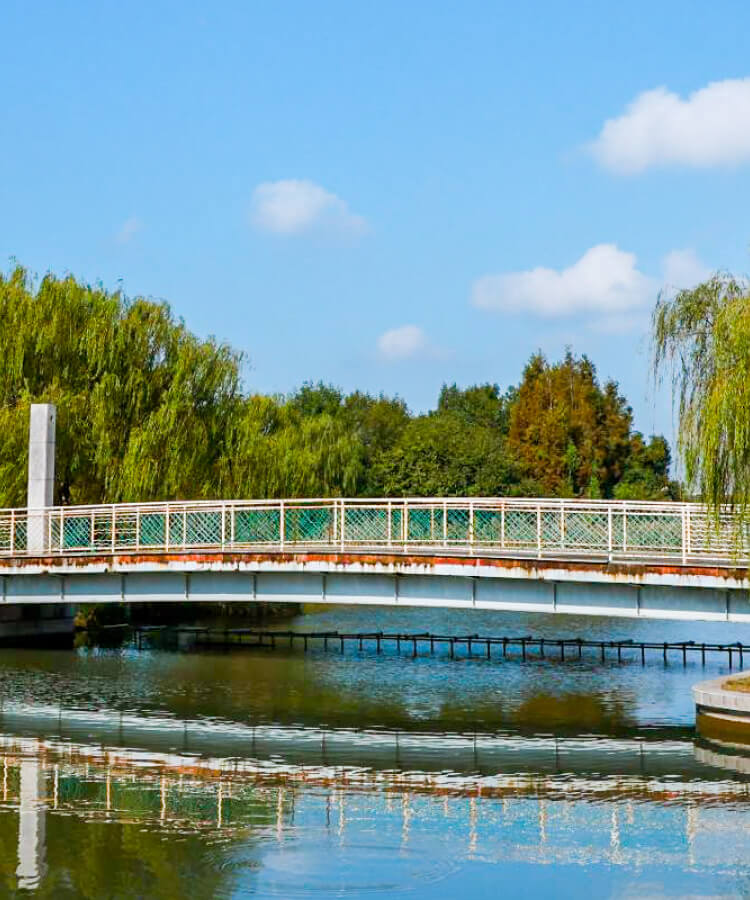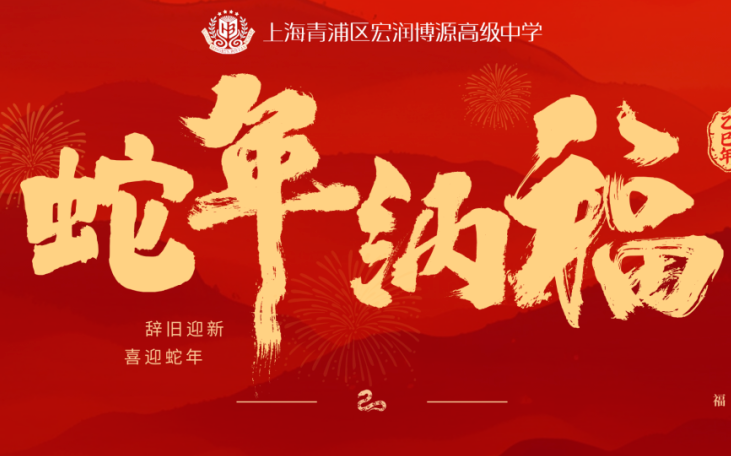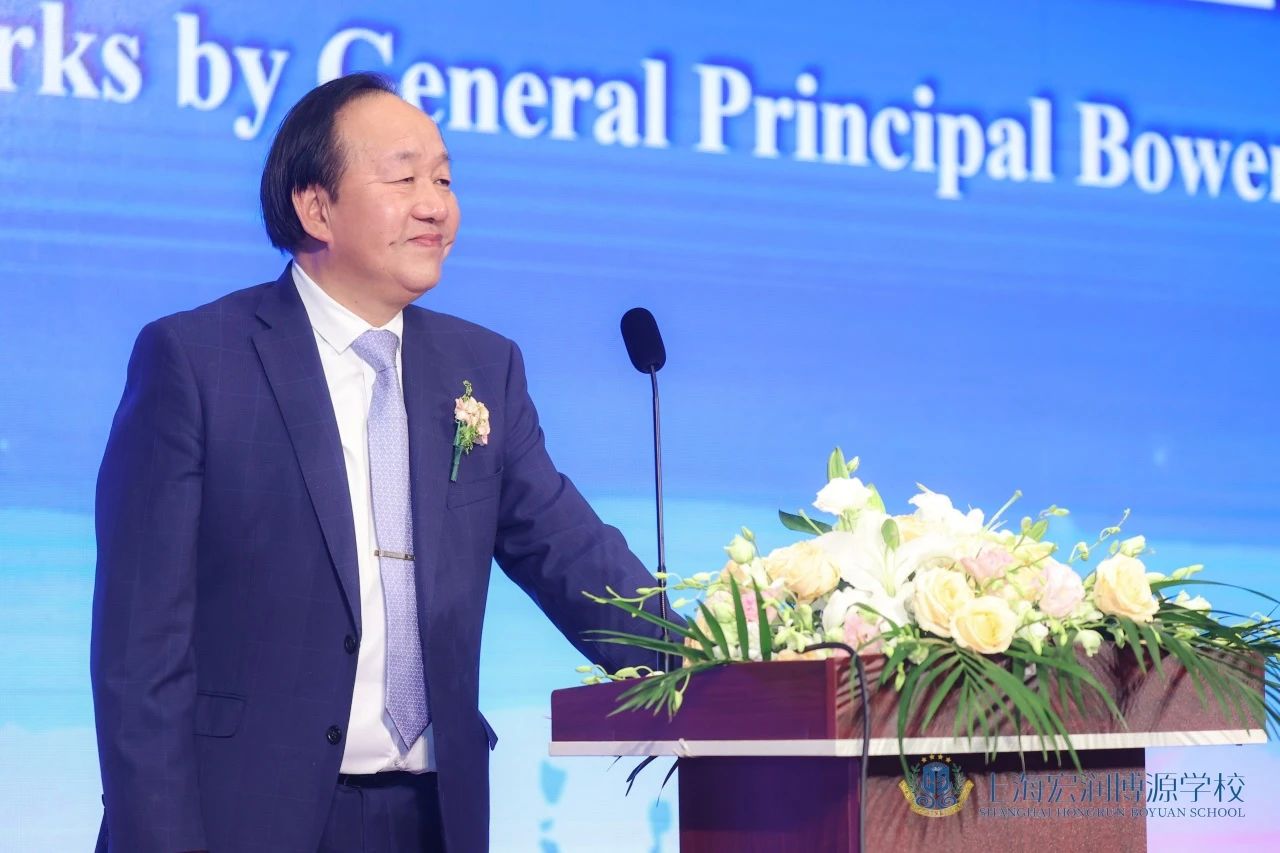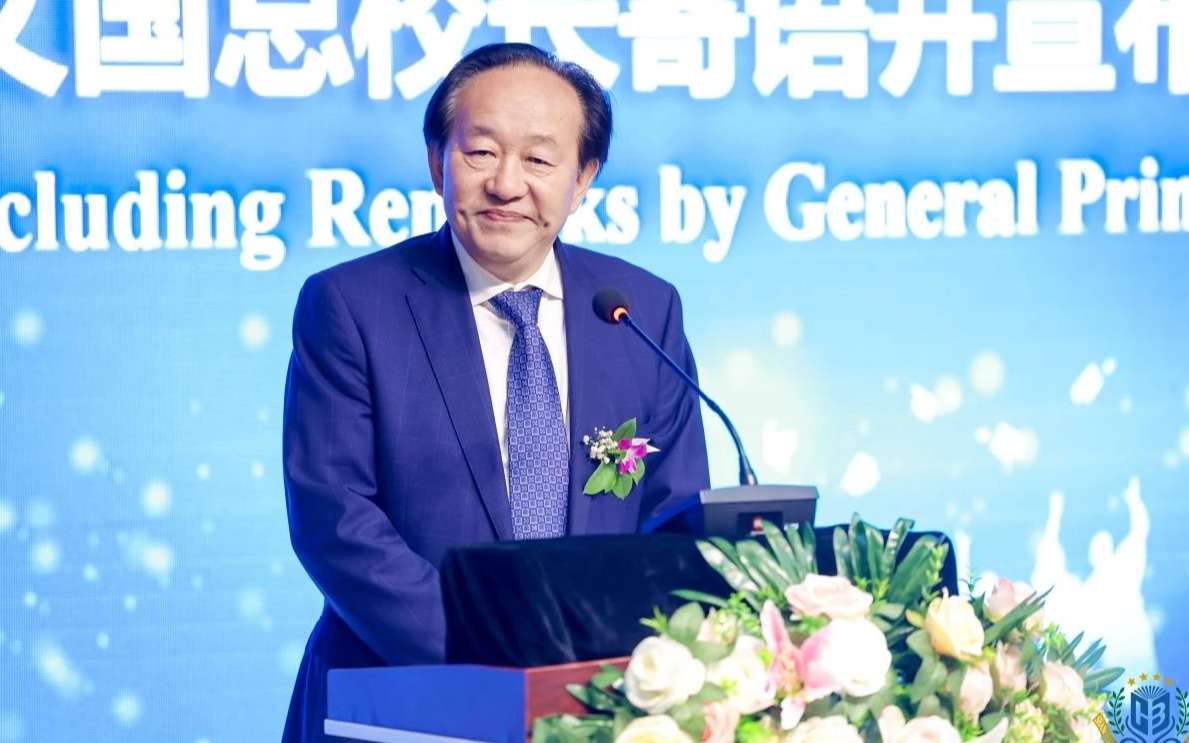Know The Best: US Colleges and Universities
As I advise students, they not only need to think about themselves, but also to start thinking “like an institution.” What does that mean?
To understand why institutions like Harvard, Yale, and Princeton often top national and global rankings, we first need to clarify a common misconception about what’s meant by the liberal arts (and sciences). Compared to the UK or other Commonwealth countries—and the rest of the world, for that matter—most US institutions stand out in expecting students to complete a relatively broad range of curricular requirements. Instead of applying to a specific major or department, students usually have flexibility through their second year before determining a primary academic focus. The goal is to learn and understand the world from a variety of perspectives—and along the way, to gain a diverse set of skills for solving problems and innovating in novel, creative ways.
As much as leading-edge technology and path-breaking research, this cross-cultivation of intellectual perspectives has been the bedrock of US economic advancement: a medical research company or tech start-up needs the sociologist and art historian as much as the programmer and engineer, just as humanists also benefit from understanding the methodological and quantitative approaches of the scientist.
At its heart, this is the uniquely American “liberal arts and sciences” model of learning. Along with ample seminar-style, discussion-oriented, and laboratory-based classes (taken with peers who have a variety of intellectual interests), students’ formal education is buttressed by living in a smaller, community-focused residential environment.
This is what makes them great: Harvard, Yale, and Princeton offer a liberal arts education to their undergraduates. Yet most rankings have been structured in a way that distorts this reality by segregating universities from liberal arts colleges (in the case of US News), or by focusing disproportionately on faculty research achievements and publications (in the case of QS and others). Certainly, all students will gain from the prestige value of institutional achievements, but the imagined trickle-down benefits of elite scholars to the typical undergraduate is vastly over-stated.
Instead, what makes the elite of the elite universities so special, is that they are small enough—and rich enough—to sustain a liberal arts pedagogy, taught by the world’s leading scholars. In terms of instructional approach, and resources, a student at Princeton has a far more similar experience to one at Swarthmore or Carleton than they do another at a large public university.
How can we make sense of comparing liberal arts colleges with their more famous university counterparts? And what might compensate, in China in particular, for a less prominent reputational value?
The first and likely most essential metric is wealth. At its best, education is an exceptionally expensive, loss-making endeavor—sustained only by massive endowments (mostly amongst private schools) or substantial state and federal funding (typically to subsidize the tuition of local students or to provide for high-level research). Simply put, the richer the school, the more opportunities it can provide.
If we look at US institutions using endowment-per-capita, the clearest measure of enduring wealth, we can get a very clear indication of how the best liberal arts colleges compete with better-known universities. The best of them have extraordinary financial resources—and, unlike at universities that must also fund graduate programs—at liberal arts colleges, all of that money is focused on undergraduates.
Indeed, it may come as a surprise that Grinnell College has two and a half times the per-student endowment wealth as does the vastly more famous Brown University—or that Smith College beats Duke University, while Davidson and the University of Chicago are essentially tied.
Yet unsurprisingly, endowment wealth does in many cases correlate with other rankings: it’s no accident that Princeton, Yale, Stanford, and MIT top the list.
Wealth also allows institutions to support cutting-edge research, and here again we can seek a metric that will integrate both universities and liberal arts colleges. To challenge the misconception that, compared with larger universities, liberal arts schools don’t offer as competitive programs in STEM fields, we can use as a proxy the undergraduate origins of those who go on to pursue PhDs in science, technology, engineering, and math.
Here again, we see the unsurprising dominance of schools like Cal Tech, MIT, and the Ivy League. Yet we also see the prominence of elite liberal arts colleges, which have similarly cultivated the advanced research skills and cutting-edge knowledge that makes their graduates highly competitive. Those same advantages accrue to students pursuing internships and job opportunities as well as graduate education. While far more people in China will know the University of Chicago versus Haverford, amongst pathways to opportunities at globally-known, multinational US-based employers like Apple or Google, the playing field is far more level.
Similarly, the faculty at liberal arts colleges are often directly connected to the best graduate programs in the world, having been advised by luminaries in their field while earning their PhD. As suggested by a former dean of admissions at Princeton, one of the best ways to judge a school is to review faculty’s educational background as listed in a college’s course catalogue: you will see a network of the academic elite, which provides pathways for undergraduates who distinguish themselves.
As a final counterpoint to segregated rankings, we can also consider an institution’s social prominence as garnered from the college choices made by students who attend the most elite high schools in the United States. If we look at places like Exeter, Phillips Academy (Andover), or St. Paul’s School—and similar would be the case at Deerfield, Hotchkiss, Lawrenceville, and the like—we will again see how liberal arts colleges are chosen in equal measure with top private universities, often more so than large public universities, regardless of ranking. Both for academic quality, and as vehicles that reproduce a social elite through employment opportunities and alumni networks, they are highly regarded choices.
In the end, students should still search out the institutional and curricular environment that best suits them. As I often share—even having coming from the same family, and having attended the same high school—my sister made the best choice for herself by attending UC Berkeley, whereas I could never have thrived there the way I did at Reed. Still, considerations of fit should include a thorough recognition of what “best” means, and how myriad shorter- and longer-term factors beyond US News or other popular rankings will shape the opportunities and resources students have for building a fruitful and fulfilling life. Just as perspectives on international education have grown much more sophisticated in the ten years that I’ve been in Shanghai, I believe that in the next decade those with a more nuanced and forward-looking perspective will truly know the best.























